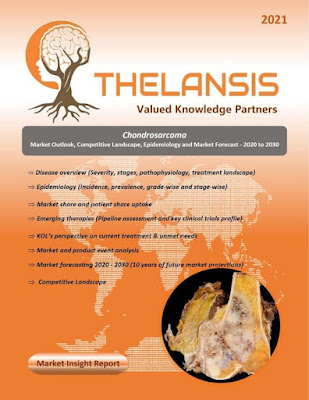Congenital Hearing Loss – Market Outlook, Epidemiology, Competitive Landscape, and Market Forecast Report – 2023 To 2033
Congenital hearing loss, present at birth, results from impaired conversion of vibratory mechanical energy of sound into electrical energy of nerve impulses in the ear. This type of hearing loss is categorized based on the location of the lesion, with conductive hearing loss affecting the outer or middle ear and sensorineural hearing loss affecting the inner ear, auditory nerve, or central auditory pathway. Risk factors for congenital or late-onset childhood hearing loss include a positive family history of permanent congenital hearing loss. Hearing loss can also be classified as syndromic or non-syndromic, depending on the presence or absence of co-inherited physical or laboratory findings. Non-syndromic hearing loss is highly heterogeneous, with autosomal recessive non-syndromic hearing loss being the most common genetic type, typically present at birth, and autosomal dominant non-syndromic hearing loss being progressive with later onset, accounting for the remaining cases. X-linked or maternal mitochondrial DNA-related modes of inheritance are rare. Congenital hearing loss can further be classified into genetic and acquired forms, which have different mechanisms and pathophysiology. Screening for congenital hearing loss usually involves measurement of otoacoustic emissions or automated auditory brainstem responses, repeated twice for accuracy.
- The prevalence of permanent childhood hearing loss in the United States is estimated to be between 1.2 and 1.7 per 1000 live births.
Thelansis’s “Congenital Hearing Loss Market Outlook, Epidemiology, Competitive Landscape, and Market Forecast Report – 2023 To 2033" covers disease overview, epidemiology, drug utilization, prescription share analysis, competitive landscape, clinical practice, regulatory landscape, patient share, market uptake, market forecast, and key market insights under the potential Congenital Hearing Loss treatment modalities options for eight major markets (USA, Germany, France, Italy, Spain, UK, Japan, and China).
KOLs insights of Congenital Hearing Loss across 8 MM market from the centre of Excellence/ Public/ Private hospitals participated in the study. Insights around current treatment landscape, epidemiology, clinical characteristics, future treatment paradigm, and Unmet needs.
Congenital Hearing Loss Market Forecast Patient Based Forecast Model (MS. Excel Based Automated Dashboard), which Data Inputs with sourcing, Market Event, and Product Event, Country specific Forecast Model, Market uptake and patient share uptake, Attribute Analysis, Analog Analysis, Disease burden, and pricing scenario, Summary, and Insights.
Thelansis Competitive Intelligence (CI) practice has been established based on a deep understanding of the pharma/biotech business environment to provide an optimized support system to all levels of the decision-making process. It enables business leaders in forward-thinking and proactive decision-making. Thelansis supports scientific and commercial teams in seamless CI support by creating an AI/ ML-based technology-driven platform that manages the data flow from primary and secondary sources.



Comments
Post a Comment